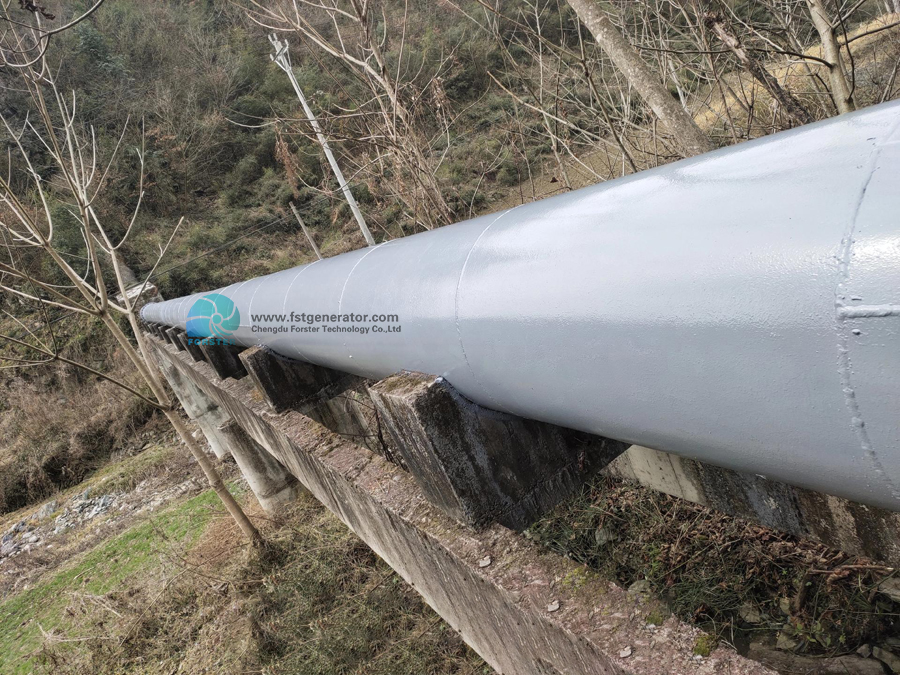1. Causes of cavitation in turbines
The reasons for the cavitation of the turbine are complex. The pressure distribution in the turbine runner is uneven. For example, if the runner is installed too high relative to the downstream water level, when the high-speed water flows through the low-pressure area, it is easy to reach the vaporization pressure and generate bubbles. When the water flows to the high pressure area, due to the increase of pressure, the bubbles condense, and the particles of the water flow hit the center of the bubbles at a high speed to fill the voids generated by the condensation, resulting in great hydraulic impact and electrochemical action, making The blade is eroded to produce pits and honeycomb pores, and even penetrated to form holes. Cavitation damage can lead to reduced equipment efficiency or even damage, resulting in great consequences and impacts.
2. Introduction to Cases of Turbine Cavitation
Since the tubular turbine unit of a hydropower station has been put into operation, there has been a cavitation problem in the runner chamber, mainly in the runner chamber at the inlet and outlet of the same blade, forming air pockets ranging from 200mm in width and 1-6mm in depth. The cavitation zone all over the circumference, especially the upper part of the runner chamber, is more prominent, and the cavitation depth is 10-20mm. Although the company has adopted methods such as repair welding, it has not effectively controlled the cavitation phenomenon. And with the progress of the times, many companies have gradually phased out this traditional maintenance method, so what are the quick and effective solutions?
At present, Soleil carbon nano-polymer material technology is widely used to control the cavitation phenomenon of water turbine. This material is a functional composite material produced by high-performance resin and carbon nano-inorganic material through polymerization technology. It can be adhered to various metals, concrete, glass, PVC, rubber and other materials. After the material is applied to the surface of the turbine, it not only has the characteristics of good leveling, but also has the advantages of light weight, corrosion resistance, wear resistance, etc., which are beneficial to the stable operation of the turbine. Especially for rotating equipment, the energy saving effect will be greatly improved after compounding to the surface, and the power loss problem will be controlled.
Third, the solution to the cavitation of the turbine
1. Carry out surface degreasing treatment, first use carbon arc air gouging to plan off the cavitation layer, and remove the loose metal layer;
2. Then use sandblasting to remove rust;
3. Reconcile and apply the carbon nano-polymer material, and scrape along the benchmark with a template ruler;
4. The material is cured to ensure that the material is completely cured;
5. Check the repaired surface and make it consistent with the reference size.
Post time: Mar-08-2022

